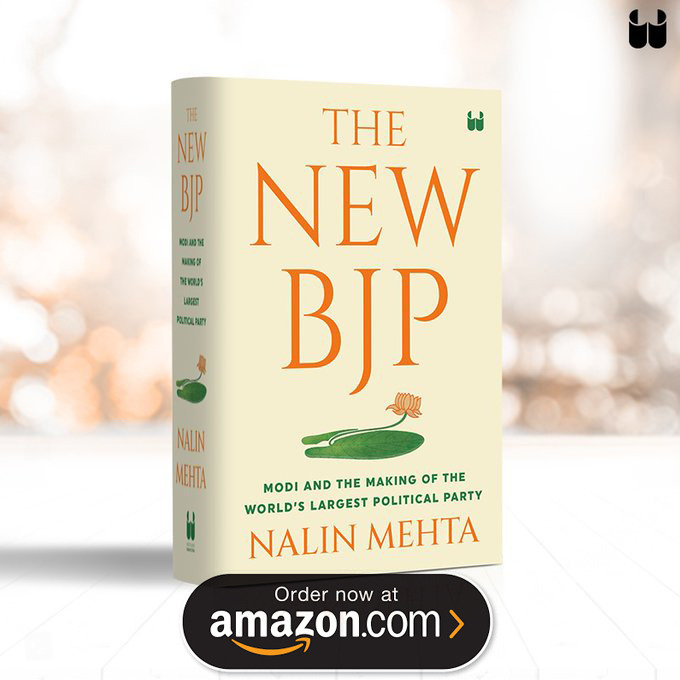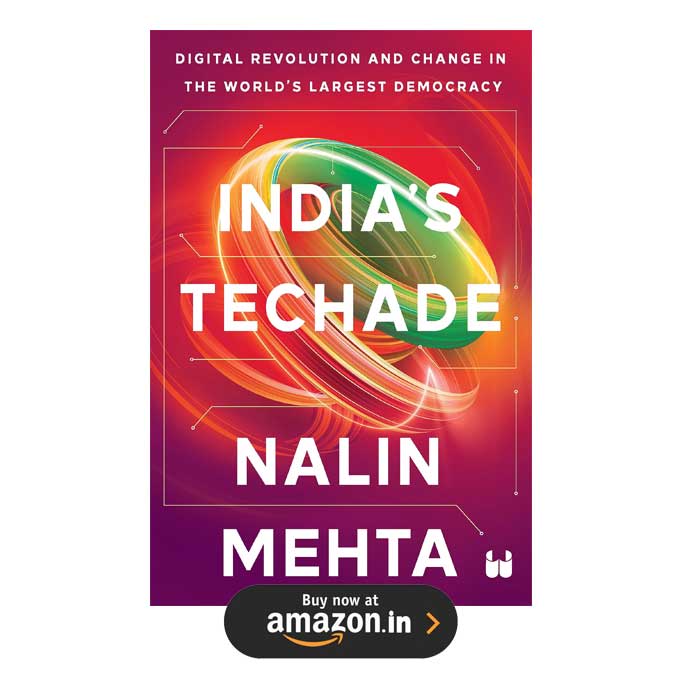Introduction
On 15 December, 2002, a few hours after sweeping back to power with a massive victory in the Gujarat assembly elections, Chief Minister Narendra Modi was questioned in an interview with the Star News channel about the feeling of insecurity and anxiety that still prevailed among Gujarat’s minorities. Basking in the triumph, the chief minister minced no words in his reply to the news anchor: “What insecurity are you talking about? People like you should apologise to the 5 crore Gujaratis for asking such questions. Have you not learnt your lesson? If you continue like this, you will have to pay the price.” A public threat, delivered on television, drew the curtain on a year of tension between the television networks and the BJP establishment right through the riots and the fractious electoral campaign that followed. Even as the chief minister’s interview was being recorded at the BJP headquarters in Ahmedabad, other journalists in the building had to escape with the aid of water pipe at the back to avoid being confronted by a mob of Modi supporters outside.2 Television crews from various channels were attacked elsewhere in the city that day as well, and an Outside Broadcast van belonging to the popular Hindi news channel Aaj Tak came out of one such encounter with a telling message crudely scrawled all over it – TV waale sab chor hai (All TV guys are thieves).
Ever since their launch in the mid-90s, privately owned commercial 24-hour television networks have gradually come to occupy a key position in India’s political process, and the riots of 2002 in Gujarat, along with the subsequent electoral campaign, proved to be a watershed in the evolving relationship between television and politics. The 2002 riots, with the deep societal fissures they engendered, were the first riots in the age of 24-hour television in India and this, and as this paper will demonstrate, changed the rules of the game. Television news became a new ‘unknown’ factor in the politics of the violence and its role proved central to the BJP’s election campaign that followed.
This paper will sketch out the nature of television coverage of Gujarat 2002 and attempt to understand it through a comparison with the television coverage of the civil rights disturbances in the United States which started gaining momentum in 1957 with the violence over racial desegregation of schools at Little Rock, Arkansas, and continued into the late 1960s.5 It will also draw comparisons with the British television coverage of the inner city disturbances in 1981, which initially began as racial violence and then engulfed a number of cities from London to Leeds in a torrent of anti-establishment anger.6 In all three countries, this was the first time television had covered serious civil disorder and violence – the first exposure for the political establishment and TV viewers to the new phenomenon of being confronted with large-scale rioting unfolding virtually in their drawing rooms. In all three countries, television coverage of the violence ignited contentious debates about its impact and its role in politics. Situating the politics of television during the Gujarat riots in this context and analysing the controversies that arose during this period through this global prism would, in my view, be a useful tool for understanding not only the issues involved but also the nature of television itself and how it impacts on politics, especially in its nascent stages.
Of course, one must be careful not to exaggerate the influence of television. As Michael Schudson has pointed out, it is very difficult to measure media influence. Many instances of presumed media effects, such as the belief that television turned the American public against the Vietnam war, fade on closer examination. In fact, television news coverage had been largely supportive of the war until the Tet offensive of 1968 and when the networks became critical afterwards, opinion polls actually found a temporary increase in support of the conflict. Many studies have concluded that it was public opinion that influenced television coverage more than the other way around. It is easy to fall prey to the ‘myth’ of television power. However, I agree with Schudson when he says, “The greatest media effects may not be measurable influences on attitudes or beliefs produced by media slant but the range of information the media make available to individual human minds, the range of connections they bring to light, the particular social practices and collective rituals by which they organise our days and ways…The media organise not just information but audiences. They legitimise not just events and the sources that report them but readers and views. Their capacity to publicly include is perhaps their most important feature … Moreover, visibility – public visibility – is of enormous importance even if few people bother to read or watch the news. So long as information is publicly available, political actors have to behave as if someone in the public is paying attention…. even if the public is absent, the assumption of the public presence makes all the difference.” It is in this context that television assumes an important role and regardless of its actual impact on the voting public, it becomes central to the political process.

